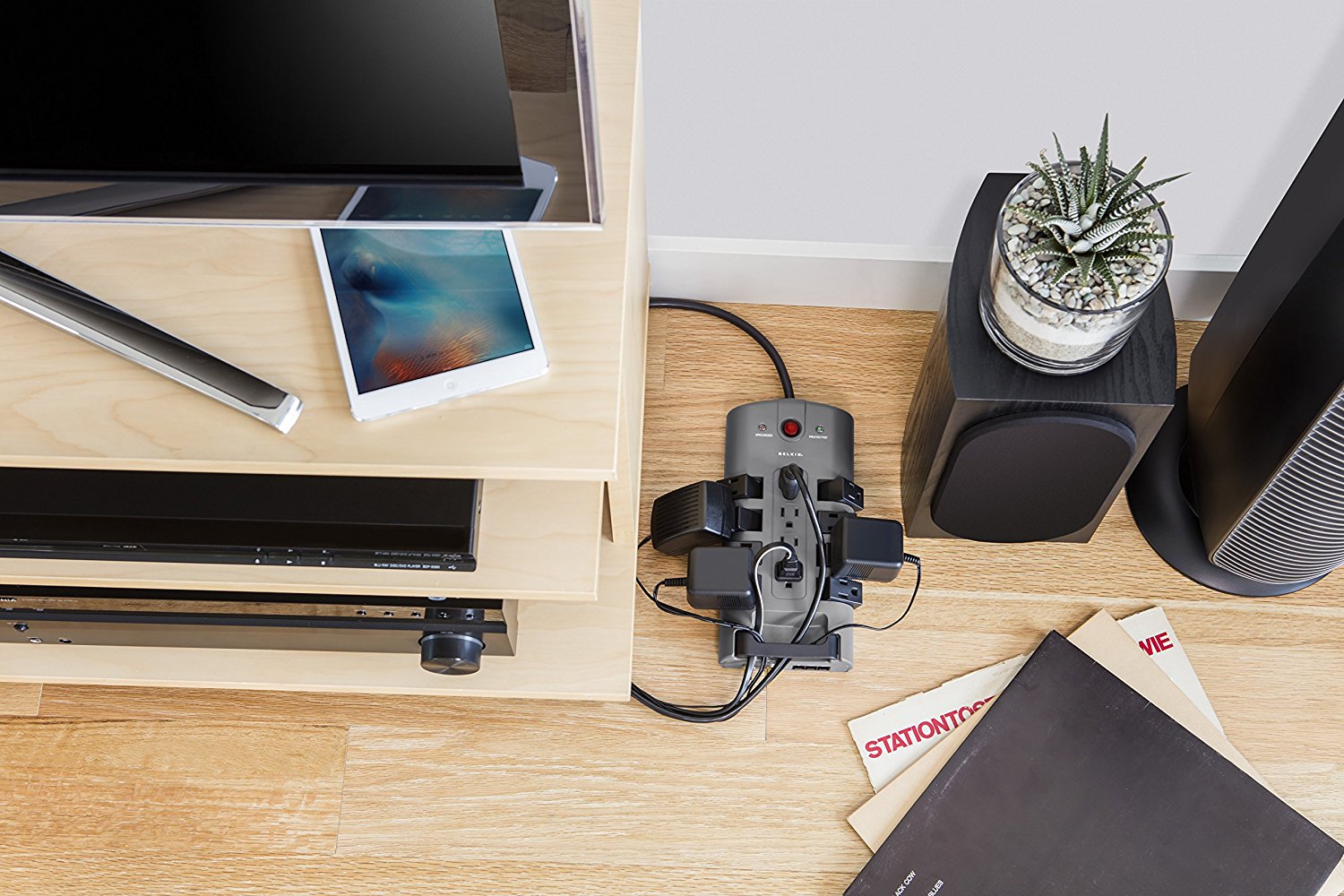- No Obligations
- Stop Paying Too Much For Your Contractor
- No Spam Calling
- Screened & ID Checked Contractors only!
Moving House Checklist 2024
0
 Moving House Checklist 2024
earlyexperts.net
Moving House Checklist 2024
earlyexperts.net
There are a few events in everybody’s life we know are going to be stressful; moving house is one. No matter how many times you move, the worry gets to us all one way or another. Any way to reduce the anxiety that comes with a move is gladly welcome. One of the best ways to reduce stress is to be organized, and a checklist is a good way of doing that. So we’ve prepared a list of things to do as the day of moving approaches. Hopefully, it will make things a lot easier and take the worry out of the move.
When you’re seriously thinking of a move
Even before you’ve put an offer in on your new dream home, you can start with some basic tasks to make the move go with a swing.
A move is always a good time for a declutter and get rid of the things that have been making your home feel small. Go through every room in the house, and decide what you will keep and take to your new home, and those things you can do without. At the same time, you will be able to see if any item needs to be packed with special care and if there needs to be extra insurance in case of damage during the removal.
✓ Begin researching options for a moving company. Try and get at least three companies to come to your home for an on-site appraisal, and provide you with a quote in writing. In the United States, if you are moving between states, the company must have a US Department of Transportation number (USDOT).
✓ If you have children, and they are going to move schools, now is a good time to arrange for their records to be prepared for their transfer.
✓ Create a Moving Book, where you can keep all the records of the house move. It will be a good place to keep the estimates, receipts, and inventory of the items involved in the move.
Six weeks before the move
By this time you will have probably had an offer on a new home accepted. The anticipation of the move is beginning to grow, but hopefully not the stress levels if you keep to our checklist.
✓ Make sure you have enough boxes, packing tape, marker pens, bubble wrap or old newspaper. Begin stockpiling or ordering in anything you might need. Think if you are going to need any special containers, such as wardrobe boxes or dish barrels.
✓ It’s also the time to start using up anything that will not be taken to the new home – use it or lose it. Start working your way through all the food in the freezer, and don’t buy any extra cleaning supplies until you really need them.
✓ If you have access to your new home, start measuring up to make sure your current furniture will fit. Pay particular attention to getting furniture into the home; will it get through the doorway, or is the staircase wide enough for your bedroom furniture.
Four weeks before the move
With just a month to go before the big day, the pressure on you will be beginning to rise. The number of things you need to do starts to mount as the day of the move looms.
✓ Make a final decision on the moving company that will do the job for you, and confirm a date, the cost, and any specific details they need to consider.
✓ Begin the packing process with the least used items in the house. If the move is in the winter, consider packing up the things you use in the summer, and vice versa. As you pack, check to see if any of the items might require special insurance. Make a note of any item that is worth more than $100 per pound, such as a computer so that it can be itemized on the manifest.
✓ As you begin the packing sort out your labeling system. Clearly number each box, with a general description of the contents, and to which room it will be going in the new house. This helps with the packing inventory. If any of the boxes include essential items, make sure they are clearly marked.
✓ Work out a schedule for packing each room, and start doing it. Life may mean you are surrounded by boxes, but better to do it methodically, one room at a time than to rush it all at the last minute.
✓ Start sorting out your valuables and important files so they can be carried personally by you in a safe box to your new home.
✓ If you have large items which are valuable, such as antique furniture take pictures of them, especially close-ups of any existing scratches or damage.
✓ Pop down to the local post office to fill out a change-of-address form, or better still do it online. Have a word with a neighbor who can keep an eye out for any stray mail in the weeks after your move.
✓ Let everyone who needs to know about your change of location. That means getting in contact with the bank, brokers, credit card and insurance companies, the human resources department at work. Don’t forget any subscriptions you might have for magazines.
✓ Contact the utility companies to organize for them to visit on your removal day so they can take final meter readings, or arrange to send them the details yourself on the day.
✓ Get your medical records forwarded to your new healthcare provider, or get copies so you can deliver them yourself.
Two weeks before the move
Things are going to become a bit more hectic with the run-up to the move.
✓ If you haven’t already, organize to have the day off when you move.
✓ If you are moving a long distance, then arrange for your car to have a service at the garage. If you are moving to an area with a completely different climate, see if anything needs to be done to make your car ready for that.
✓ You may be changing banks, and if you have anything stored in a safe deposit box, now is the time to clear it out ready for the move. Put any valuables in the safe box you will be personally carrying with you on the move.
✓ Reconfirm your moving date with the removal company.
✓ Put together a fact sheet about your home for the new owners; they’ll really appreciate it. Leave any operating manuals and warranties for the appliances that will remain.
One week before the move
We’re in the final stretch, and moving day is getting closer and closer, so it is time to take stock.
✓ Plan a visit to your doctor so you can get refill prescriptions to make sure you have enough medication to see you a couple of weeks or more passed the move.
✓ Pack your suitcases with clothes you may need during the move. If you are going a long distance make sure you have enough changes of clothes for the journey.
Three days before the move
✓ If you are taking any appliances with you, now is the time to defrost freezer. It should take about 24 before it is completely unfrozen. If you are not, then this will give you enough time to clean it before it is taken over by the new homeowners.
✓ Get onto the moving company to reconfirm the details, so you know when they are going to arrive. Make sure you have written directions to your new home. Give them as much detail as possible. Check how the company wishes to be paid for their services.
The moving day arrives
After all that anticipation, the day dawns when you leave your old home and head to pastures new. The trauma of moving is not yet over, but the light is at the end of the tunnel.
✓ There have been scams where fake movers have turned up, so check the USDOT number on the estimate and on the van to make sure they coincide. This is particularly important if the moving van does not have any branding.
✓ Keep an eye on the loading of your precious home contents, and make your own note of anything you think is important. Once the moving van is loaded, sign the inventory, or bill of lading, and keep a copy.
✓ It the utility companies have not arranged to read meters, then do so yourself so you have a record. Better still, take a photograph, that can have a date and time when it was taken so there can be no mistake.
✓ Hand over the keys of your old home to the real estate agent, and begin the journey to your new home.











